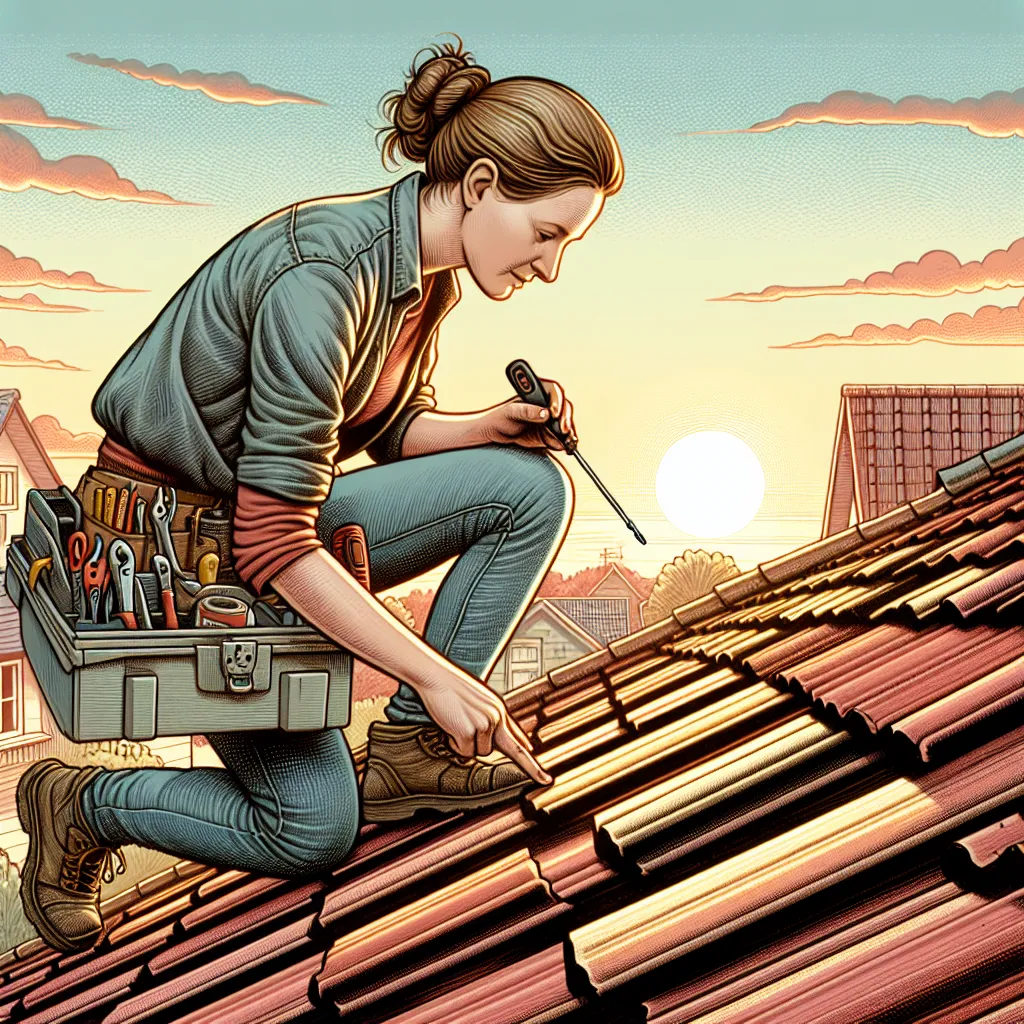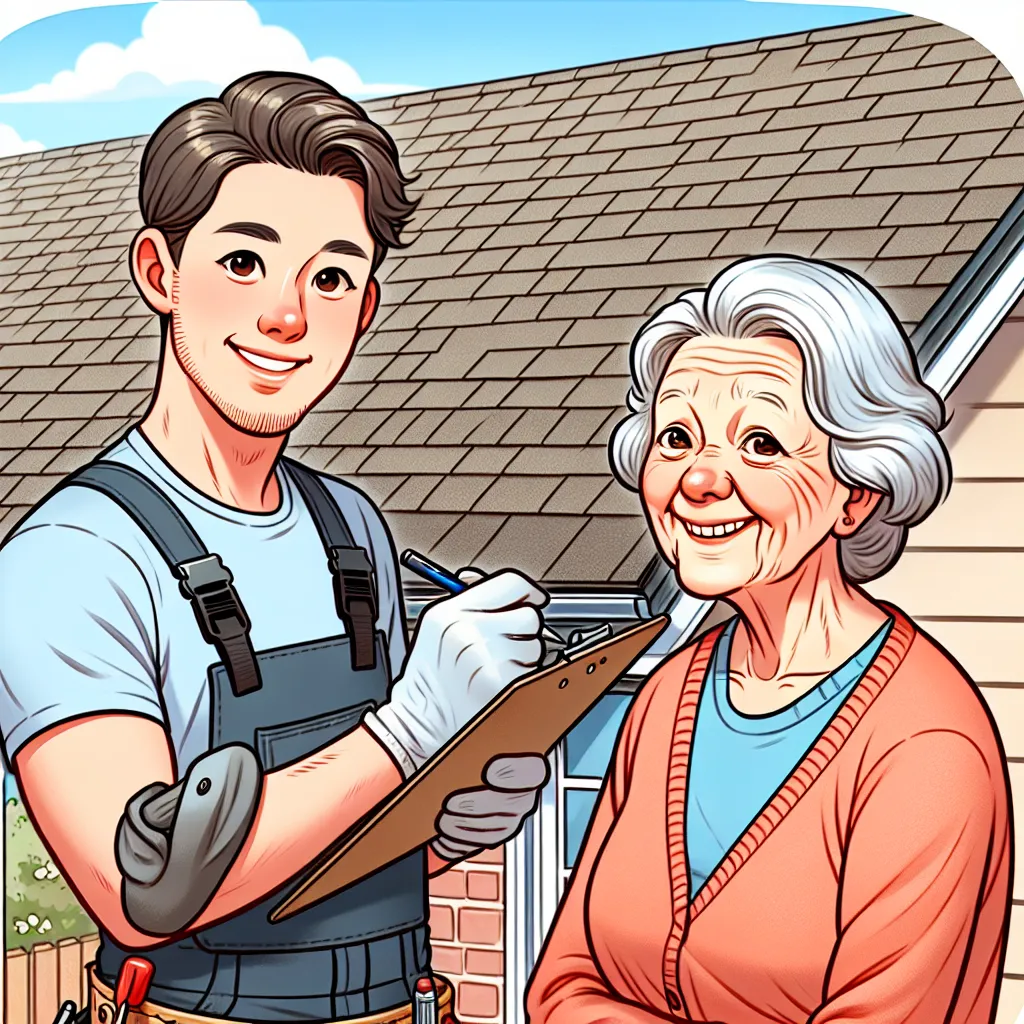La reparación de daños por agua en el techo puede parecer sencilla, pero a menudo esconde mucho más de lo que imaginamos. Cuando notamos una gotera, no solo se trata de una mancha fea: puede significar problemas graves en la estructura de nuestra casa y en nuestra tranquilidad. Por eso, entender los riesgos, costos, y pasos para la reparación de daños por agua en el techo es clave para proteger nuestro hogar y evitar gastos inesperados.
¿Qué es la reparación de daños por agua en el techo y por qué es tan importante?
La reparación de daños por agua en el techo implica identificar, detener y arreglar cualquier filtración o daño causado por la humedad en la cubierta superior de la vivienda. Este proceso va más allá de tapar una gotera: se trata de asegurar que no haya moho, pudrición, daños estructurales ni riesgos eléctricos ocultos. El agua puede hacer travesuras silenciosas, comprometiendo la integridad de la casa y hasta la salud de quienes la habitamos.
¿Por qué debería preocuparnos?
- Prevención de daños mayores: Una pequeña filtración puede convertirse en un colapso del techo.
- Ahorro económico: Reparar a tiempo evita inversiones mucho mayores en el futuro.
- Salud familiar: La humedad fomenta la aparición de moho, que puede afectar nuestra respiración y bienestar.
- Protección del patrimonio: El techo es la primera barrera de defensa de nuestro hogar.
Beneficios y riesgos de la reparación de daños por agua en el techo
Ventajas que no todos conocen
- Evita la propagación del daño: No solo se arregla el área afectada, sino que se detiene el deterioro del resto del techo.
- Mejora la eficiencia energética: Un techo seco y bien sellado ayuda a mantener la temperatura del hogar.
- Aumenta el valor de la vivienda: Un techo en buen estado es una carta de presentación para cualquier posible comprador.
Riesgos y desventajas a considerar
- Costos inesperados: A veces, lo que parece una simple reparación revela problemas ocultos como madera podrida o instalaciones eléctricas dañadas.
- Interrupciones en la vida diaria: Las reparaciones mayores pueden obligar a dejar habitaciones inutilizables por días.
- Reparaciones mal hechas: Si el trabajo no es profesional, el problema puede reaparecer, y peor aún, empeorar.
Casos prácticos: ¿Cuándo y por qué necesitamos actuar?
Uso práctico de la reparación de daños por agua en el techo
- Después de una tormenta fuerte: Las lluvias intensas pueden revelar debilidades en la impermeabilización.
- Por desgaste natural: Los techos envejecen, y las tejas, sellos o membranas pierden eficacia.
- Por accidentes domésticos: Instalaciones defectuosas de aire acondicionado o calentadores pueden provocar fugas inesperadas.
Criterios clave para elegir la mejor solución
¿Cómo podemos evaluar nuestras opciones?
Factores a considerar antes de reparar
| Factor | Preguntas para hacernos | Relevancia |
|---|---|---|
| Tipo de daño | ¿Es localizado o generalizado? | Impacta el costo |
| Material del techo | ¿Tejas, lámina, losa de concreto? | Define técnica usada |
| Edad del techo | ¿Cuántos años tiene? | ¿Reparar o reemplazar? |
| Presupuesto disponible | ¿Cuánto podemos invertir? | Limita opciones |
| Garantía de reparación | ¿Ofrecen garantía escrita? | Seguridad a futuro |
Costos típicos de reparación de daños por agua en el techo
| Reparación | Rango de costo estimado (USD) |
|---|---|
| Reparación pequeña de gotera | $150 – $400 |
| Reparación de tejas o membranas dañadas | $400 – $1,000 |
| Reemplazo parcial de estructura (vigas, madera) | $800 – $2,500 |
| Tratamiento de moho | $500 – $2,000 |
| Reparación total de techo | $3,000 – $10,000+ |
Ojo: Los precios cambian según materiales, mano de obra y gravedad del daño.
Consejos para tomar la mejor decisión
- Solicitar varias cotizaciones: No quedarse con la primera opción.
- Exigir inspección completa: Que revisen desde el exterior hasta el ático.
- Verificar licencias y referencias: Evitemos sustos con reparadores informales.
- Preguntar por materiales usados: No todos los selladores o membranas duran lo mismo.
- Asegurarse de la limpieza: Un buen trabajo incluye dejar todo limpio y seco.
Ejemplos reales y anónimos que lo dicen todo
Historia 1: “El techo que se vino abajo”
Una familia en Reynosa notó una mancha en el techo del comedor. Ignoraron el problema hasta que, tras una tormenta, el techo colapsó parcialmente. La reparación incluyó cambio de vigas y tratamiento de moho, costando más del triple de lo que hubiera costado atender la pequeña gotera a tiempo.
Historia 2: “El presupuesto salvado”
En Matamoros, tras una fuga de agua del aire acondicionado, los propietarios actuaron rápido y llamaron a un técnico especializado. Lograron reparar solo una pequeña sección del techo de lámina y evitaron daños mayores. Gastaron menos de $300 dólares gracias a la acción temprana.
Historia 3: “Una sorpresa bajo las tejas”
Un vecino de Monterrey, al querer vender su casa, descubrió que el comprador exigía una inspección del techo. Al revisar, encontraron filtraciones antiguas y moho oculto bajo las tejas. Negociaron el precio de venta y aprendieron la lección: revisar el techo antes de poner la casa en el mercado.
Los datos no minten: Estadísticas de daños por agua en el techo
¿Con qué frecuencia ocurre este problema?
Reparación de daños por agua en el techo
La reparación de daños por agua en el techo es fundamental para evitar que pequeños problemas se conviertan en costosos desastres. La humedad puede causar moho, deterioro estructural y riesgos eléctricos. Es recomendable actuar rápidamente, ya que el tiempo y la calidad de la reparación impactan directamente en el costo y la durabilidad.
¿Por qué elegir a ?
– Experiencia comprobada en reparación y mantenimiento
– Materiales de alta calidad que garantizan durabilidad
– Presupuestos transparentes y sin sorpresas
Tabla comparativa: reparación rápida vs. reemplazo total
| Opción | Costo aproximado | Duración | Riesgos |
|---|---|---|---|
| Reparación de daños menores | $150 – $1,000 | 5-10 años | Menor inversión y riesgo |
| Reemplazo completo del techo | $3,000 – $10,000 | 20+ años | Mayor inversión pero mayor protección |
¿Qué debes hacer?
1. Inspeccionar el daño con un profesional
2. Solicitar presupuesto sin compromiso
3. Actuar rápidamente para evitar mayores gastos
No dejes que un problema pequeño arruine tu hogar. En *, te ayudamos a restaurar tu techo de forma efectiva y segura. *Contáctanos hoy y recibe una cotización gratuita para proteger tu inversión.
Preguntas frecuentes sobre reparación de daños por agua en el techo
¿Cuánto tiempo tarda en repararse un daño por agua en el techo?
El tiempo de reparación depende del alcance del daño. Puede variar desde unas horas para arreglos menores hasta varios días si hay que reemplazar estructuras o tratar moho.
¿El seguro cubre siempre los daños por agua en el techo?
No, no siempre. Muchas pólizas excluyen daños por falta de mantenimiento o deterioro gradual. Es importante revisar bien la cobertura de tu seguro.
¿Qué puedo hacer si aparece moho después de una filtración?
Actúa rápidamente. Secar la zona, eliminar el material afectado y aplicar tratamientos especializados ayuda a prevenir problemas de salud y daños mayores.
¿Es mejor reparar o reemplazar el techo tras daños por agua?
Depende del nivel de daño. Para daños localizados, una reparación suele ser suficiente. Si el techo es viejo o muy afectado, quizás sea mejor considerar un reemplazo completo.


